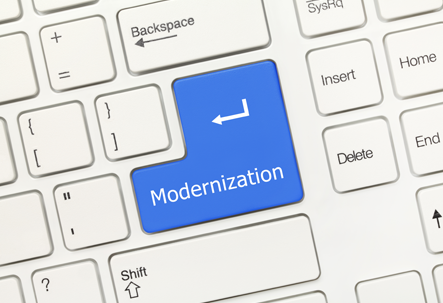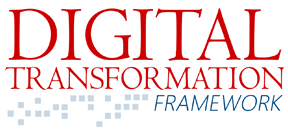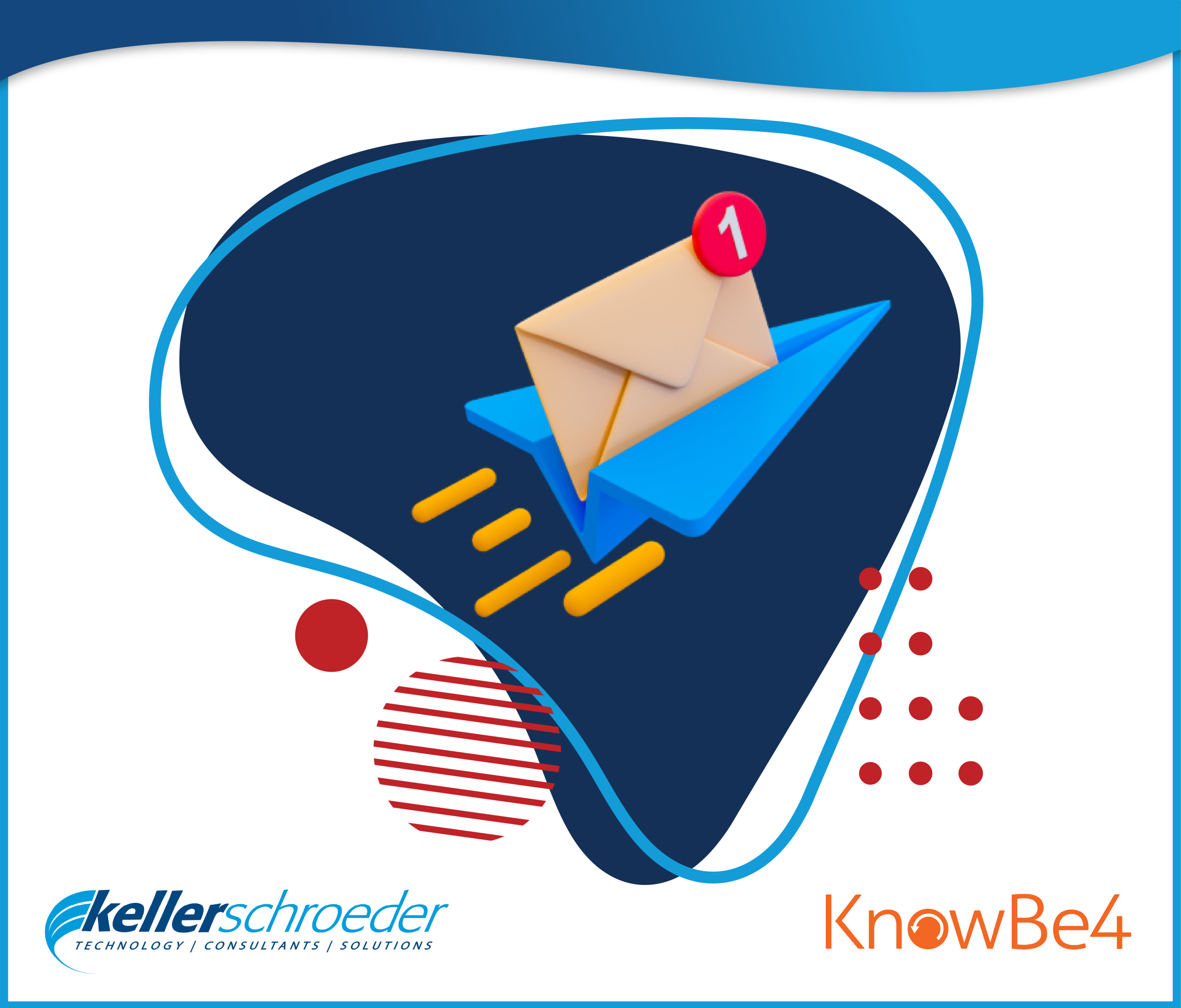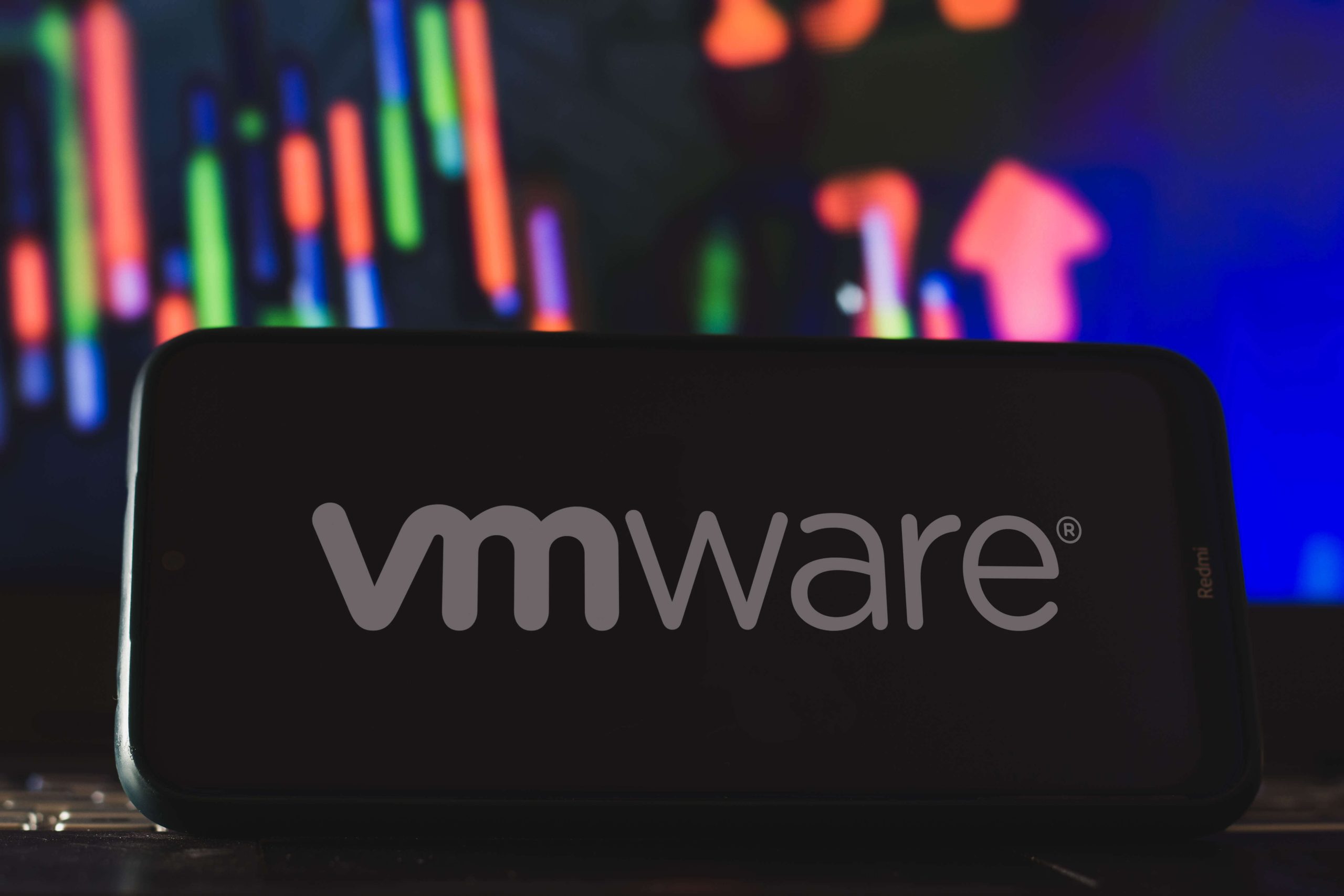When the cost of NOT modernizing becomes detrimental to the health of an organization, modernization becomes a priority.
The word “sunset” most likely summons up an image of a blazing orb splashing brilliant rays of color across the horizon. In the applications world, this word is often accompanied by a product lifecycle end date and generally conjures up images of late nights and potential headaches. However, oftentimes these impending dates are just what is needed to push an organization towards a Modernization or Migration strategy.

We define Digital Transformation as “the commitment of an organization to consistently improve business performance by employing technology as a strategic asset.” Modernization and Migration fall under the Innovation umbrella of this metamorphosis in our Digital Transformation Framework. The former is the process of upgrading or adopting new business-enabling technologies to improve existing processes, achieve new efficiencies, and reduce costs. It can also entail providing a modern user experience to tried and true legacy systems while extending the useful life of and investment in those systems and platforms. The latter entails migrating away from one application or platform to another if Modernization is not an option.
When a business application in use is being retired, newer versions or products that take advantage of up-to-date technology are likely available. At this point, it is critical to invest the time and effort to assess the risk of NOT modernizing. What competitive advantages and efficiencies will be realized by modernization? What improved user experience will be recognized? What business processes and integrations will be streamlined? What new technologies can be taken advantage of and deployed on existing platforms?
In a previous role, I supported a system that hadn’t been updated in almost eight years. It had long passed the sustaining support benchmark and any bug fixes were only available in newer releases. Staff learned to live with issues and inefficiencies by creatively working around them as best as they could. The user experience with the platform was unsatisfactory, and frustrations were high.
The business had grown during those years and invoicing volume had tripled. The invoicing process was running so painstakingly slow that a third shift had to be trained just to get all the invoices posted before the next day of shipping began. Other than lost application support what is the real cost of remaining on an outdated version of the system? In this case, the outdated software was crippling the business. More growth was prohibitive without modernizing through an upgrade.
Upgrading a highly customized and integrated system that was several releases behind and utilized throughout an enterprise was no small task. Time, resource, and budget constraints were a concern, and yet they could not be allowed to prohibit growth. When the cost of NOT modernizing becomes detrimental to the health of an organization, it’s no longer an option to maintain the status quo. Modernization became a priority.
Upfront investments in modernization aren’t effortless and without challenges, but they are crucial and potentially transformative. In this case, in-depth analysis revealed that upgrading would allow for 80% of the existing system customizations to be eliminated. Much of this custom functionality was now built into the more recent software versions. The underlying platform the software was running on went from an outdated language and database to a modern Microsoft-based platform, enabling use of an API (Application Programming Interface) for other integrations the business wanted to implement. Invoice posting speed became a non-issue as it was almost instantaneous after the upgrade. Weekly IT maintenance tasks were able to be automated, freeing up countless hours that could be dedicated to other more valuable initiatives. Modernization was no small undertaking, but the benefits reaped were immediate, impactful, and high-yielding. More importantly, Modernization allowed us to take advantage of the newer technologies and integrations without requiring a Migration to a new platform. What platform inefficiencies are inhibiting your growth? What workarounds have your staff had to implement to compensate for the constraints of your systems? Read more about the Modernization tenet in our Digital Transformation Framework at https://www.kellerschroeder.com/dxf.

Keller Schroeder’s Digital Transformation Framework includes tenets to help you identify, prioritize, execute, and learn from transformational initiatives to better prepare you for the next disruption – whatever it may be! Click here to download your complimentary copy.
Think Digital. Embrace Clarity. Increase Advantage.
Written By:
Jennifer Tarter
Sr. Solutions Consultant, Enterprise Applications
Keller Schroeder




